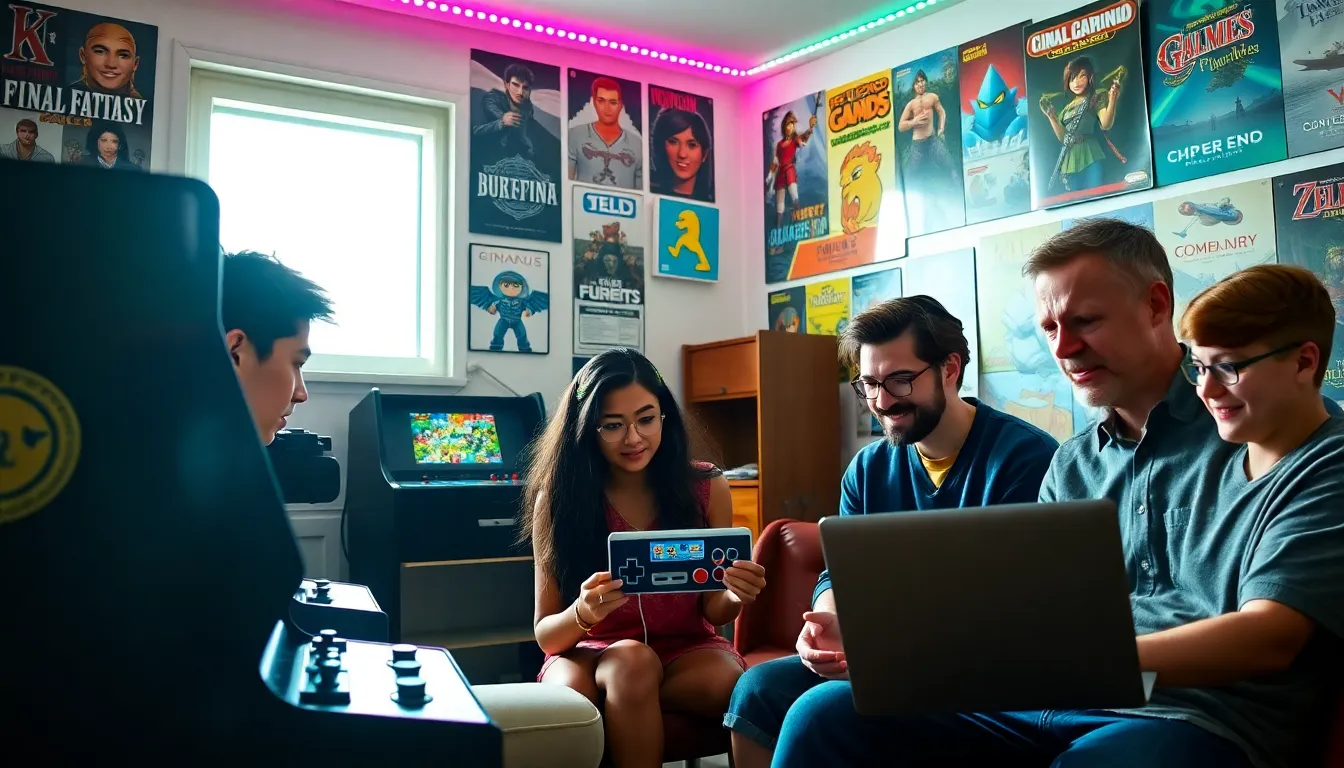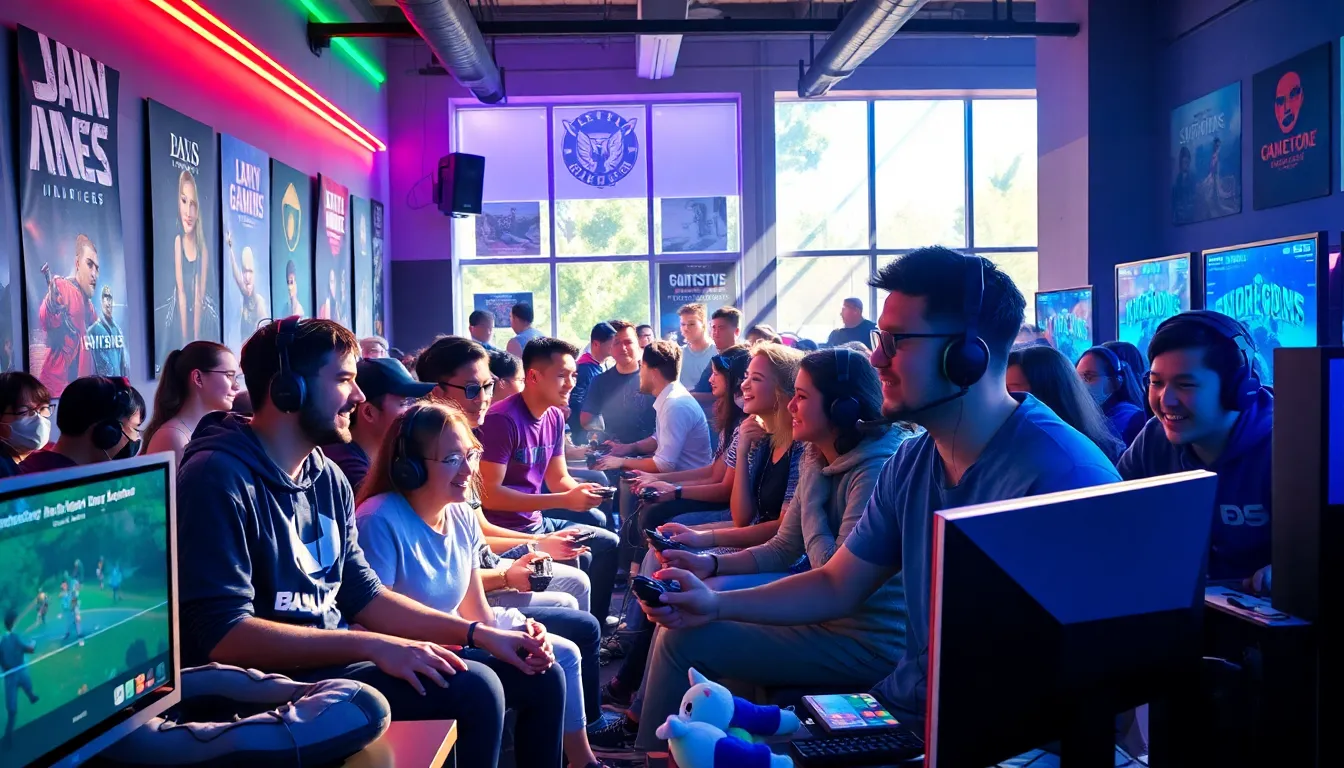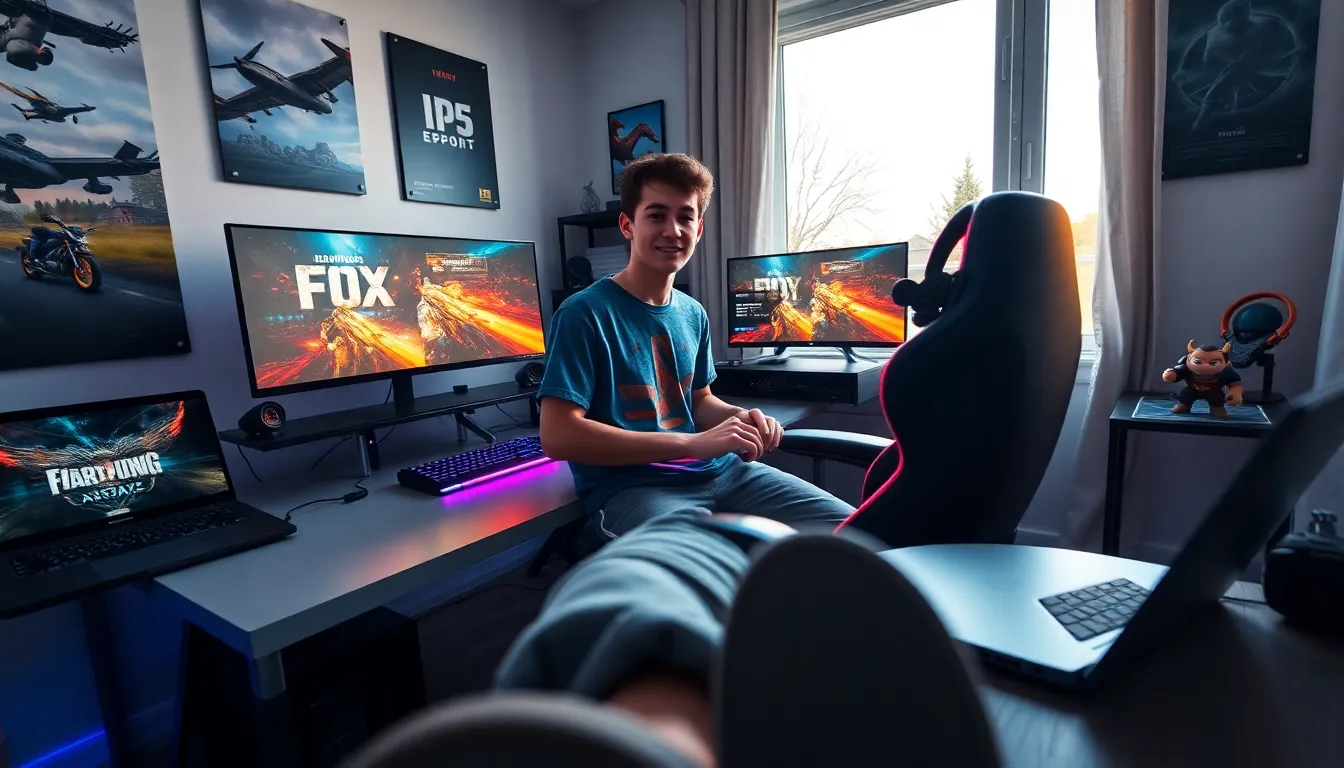In the vast universe of digital entertainment, gaming stands out as a unique cultural phenomenon. It transcends mere recreation, becoming a powerful force that shapes identities, communities, and artistic expression. From pixelated beginnings to stunning virtual realities, the evolution of gaming encompasses a rich history filled with innovation and creativity. In this text, we investigate into various aspects of gaming culture, including its historical evolution, the rise of indie games, the strength of gaming communities, current trends, and what the future holds for this dynamic medium.
Table of Contents
ToggleThe Evolution of Gaming: A Brief History

The journey of gaming can be traced back to the early 1970s when simple games like “Pong” first captured the public’s imagination. Over the decades, gaming evolved dramatically, moving from arcade cabinets to home consoles and personal computers. The introduction of 8-bit microprocessors and advances in graphics technology laid the groundwork for more complex games, such as those on the Nintendo Entertainment System and Sega Genesis.
By the late 1990s and early 2000s, gaming underwent a significant transformation with the rise of 3D graphics and the internet. This era introduced iconic franchises like “Final Fantasy” and “The Legend of Zelda,” which pushed the boundaries of storytelling and gameplay. The emergence of online multiplayer games, such as “Counter-Strike” and “World of Warcraft,” not only revolutionized how games were played but also established a sense of community among players.
Today, gaming encompasses a multitude of platforms, including mobile devices, VR systems, and cloud gaming. Each advancement brings with it new opportunities for interaction and engagement, ensuring that gaming remains at the forefront of entertainment media.
The Impact of Indie Games on the Industry
Indie games have reshaped the landscape of the gaming industry by democratizing game development. Unlike major studios, independent developers often operate with limited budgets and resources, yet they deliver innovative, creative, and diverse gaming experiences. Titles like “Undertale,” “Celeste,” and “Hollow Knight” have not only gained critical acclaim but also attracted dedicated fan bases, showcasing that compelling storytelling and gameplay can thrive outside the traditional studio system.
The success of indie games underscores the importance of digital distribution platforms, such as Steam and itch.io, which provide a space for smaller developers to showcase their work. These platforms have made it easier for indie creators to reach audiences globally, challenging established norms and pushing mainstream studios to embrace new ideas and styles. As a result, the gaming industry is becoming increasingly varied, opening doors for unique storytelling and gameplay mechanics that reflect a wider range of human experiences.
So, indie games are not just a niche market: they represent a substantial shift in how games are conceived, produced, and enjoyed. As players continue to seek fresh experiences, the influence of indie developers on the industry will likely keep growing.
Gaming Communities: Building Connections Through Play
The essence of gaming extends beyond the screen: it fosters connections and builds communities. Gamers worldwide come together, forming friendships and alliances through shared experiences in virtual worlds. Online platforms such as Twitch, Discord, and Reddit help these interactions, allowing gamers to discuss strategies, share content, and cultivate a sense of belonging.
Also, events like conventions and tournaments serve as gathering spots for enthusiasts. Events such as PAX and E3 highlight not just new games but also the heart of gaming culture, the vibrant community behind it. Gamers of all backgrounds unite over mutual interests, creating bonds that often transcend geographic and cultural boundaries.
Also, gaming communities often champion social causes, using their platforms to promote inclusivity and diversity within the industry. Many gamers advocate for representation and understanding, paving the way for a more welcoming environment. So, these communities are integral to the gaming culture, providing support, connection, and advocacy.
Trends in Gaming: What’s Hot and What’s Not
As the gaming world evolves, various trends emerge that reflect changing player preferences and technological advancements. One current trend is the rise of cross-platform gaming, allowing players to team up regardless of their console or device. Games like “Fortnite” and “Call of Duty: Warzone” have embraced this model, creating a more unified gaming experience.
Another significant trend is the integration of live-service models, where games are continuously updated with new content, events, and features. This approach encourages players to engage consistently and has led to ongoing discussions within communities about game balance and player satisfaction.
Virtual reality (VR) is also gaining traction, with advancements making immersive experiences more accessible to average gamers. Titles like “Beat Saber” and “Half-Life: Alyx” showcase the potential of VR to create engaging, narrative-driven experiences that blur the lines between reality and virtuality.
Conversely, some trends are waning. The traditional concept of single-player games without additional content is becoming less viable as players seek ongoing stories and engagement. This shift reflects the desire for deeper connectivity within gaming experiences, signaling that the industry must adapt to meet player expectations.
The Future of Gaming: Innovations and Predictions
Looking ahead, the future of gaming promises thrilling possibilities. Innovations in artificial intelligence (AI) and machine learning are set to change how games are developed, potentially creating more adaptive and responsive experiences. AI could tailor gameplay to individual players, providing customized narratives and challenges that cater directly to player choices and preferences.
Also, the continued expansion of cloud gaming holds the promise of removing hardware limitations, allowing more people to engage with high-quality games from virtually any device. Services like Google Stadia and Xbox Cloud Gaming exemplify this trend, pushing the boundaries of accessibility in gaming.
Augmented reality (AR) also presents exciting opportunities. Building upon the success of mobile games like “Pokémon GO,” future AR titles may integrate seamlessly with everyday life, transforming how players interact with their surroundings.
As the gaming community grows and diversifies, the industry is likely to see increased emphasis on inclusivity and representation, as well as sustainability in game development practices. With each advancement, the potential for gaming to foster creativity, connection, and cultural exchange expands, shaping a vibrant and dynamic future ahead.
Conclusion
The exploration of gaming culture reveals a rich tapestry woven from history, innovation, and community. From its humble beginnings to the cutting-edge technologies shaping its future, gaming continues to redefine entertainment. Indie games challenge the industry norms while nurturing creativity, and robust communities provide the camaraderie that enriches the gaming experience.
As trends come and go, the essence of gaming remains: a platform for creativity, connection, and shared experiences. The journey is far from over, and with continual advancements on the horizon, players can look forward to a future filled with even more thrilling developments in the world of gaming.






